Packages & Tutorials
Engineering Files & Tools
Software
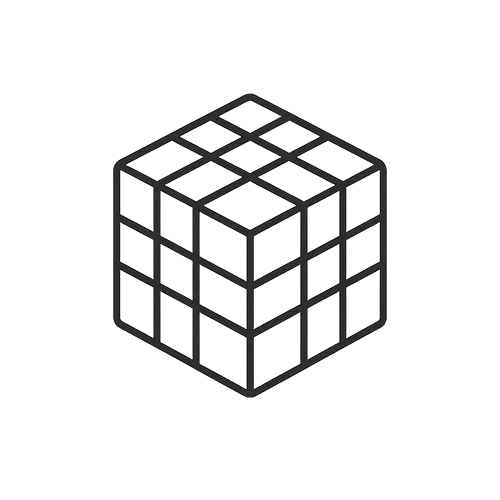
Ready-to-use Models (FEA/CFD)
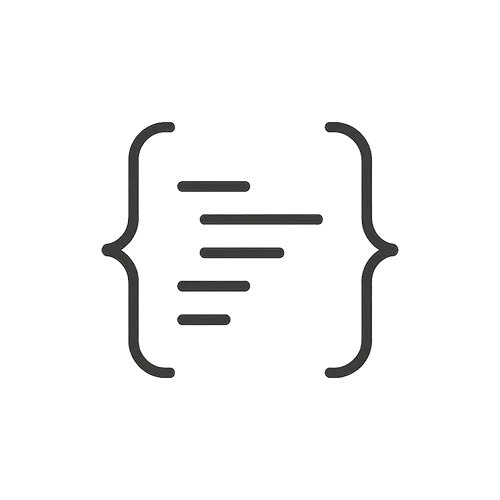
Excel Sheets & Hand Calculations
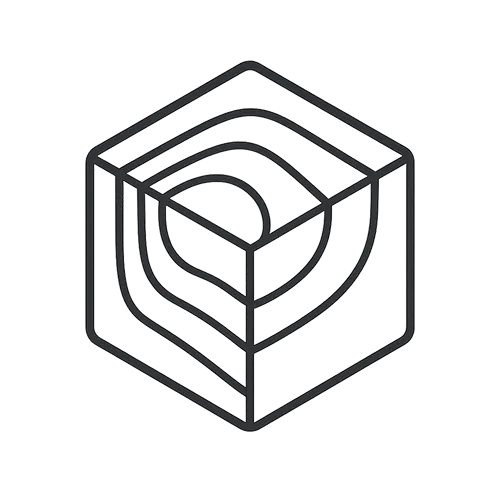



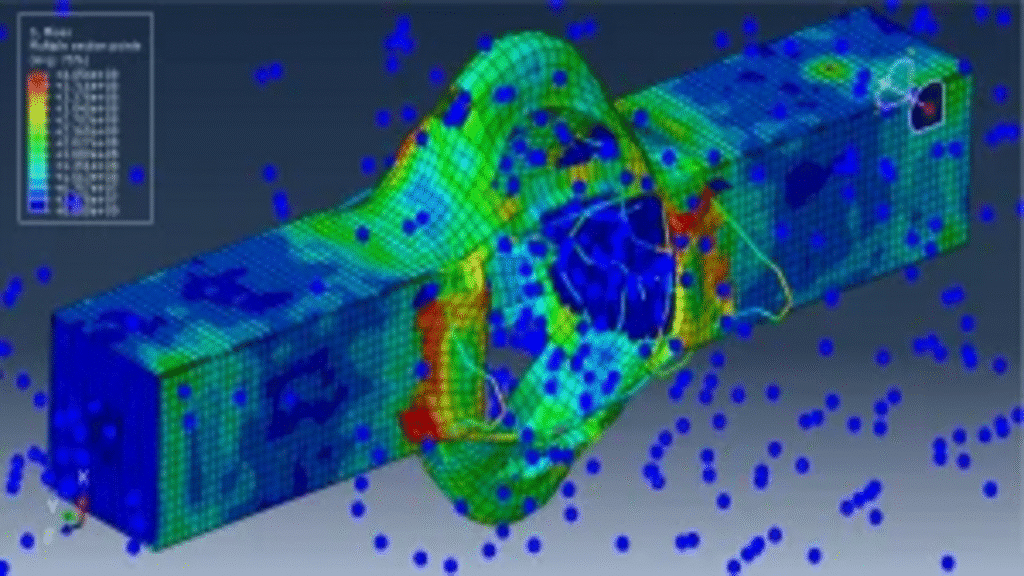
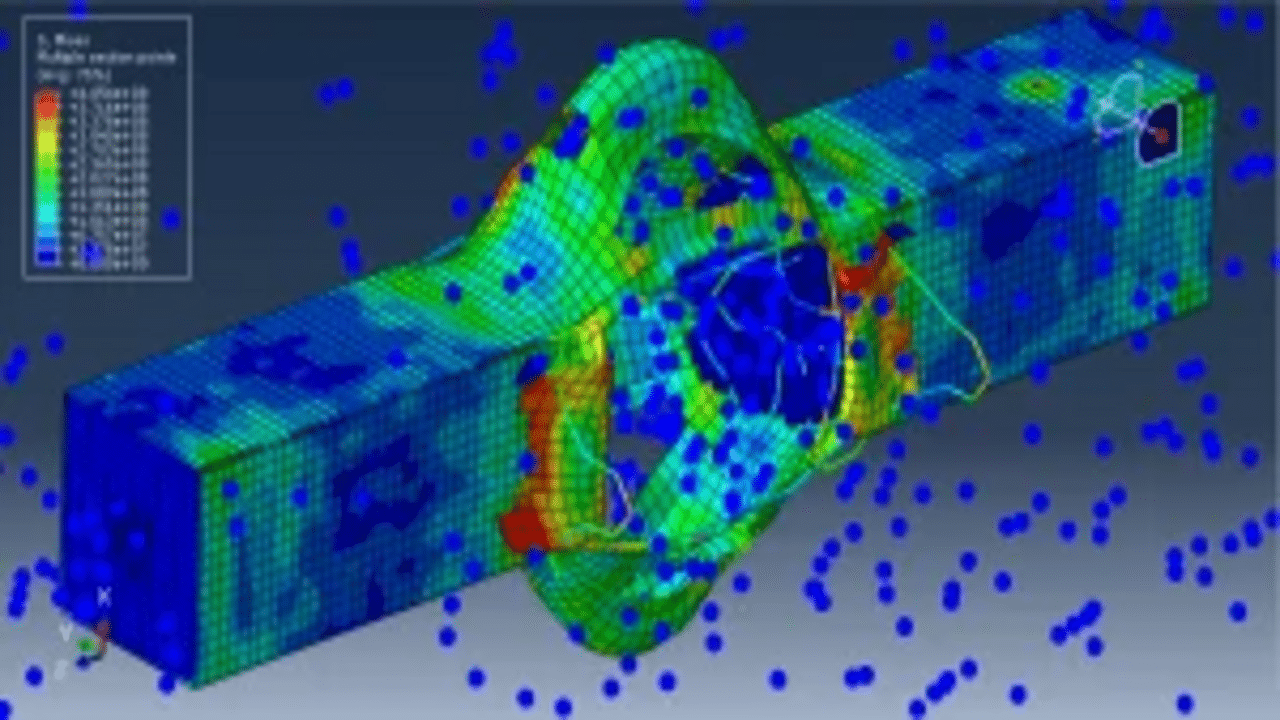
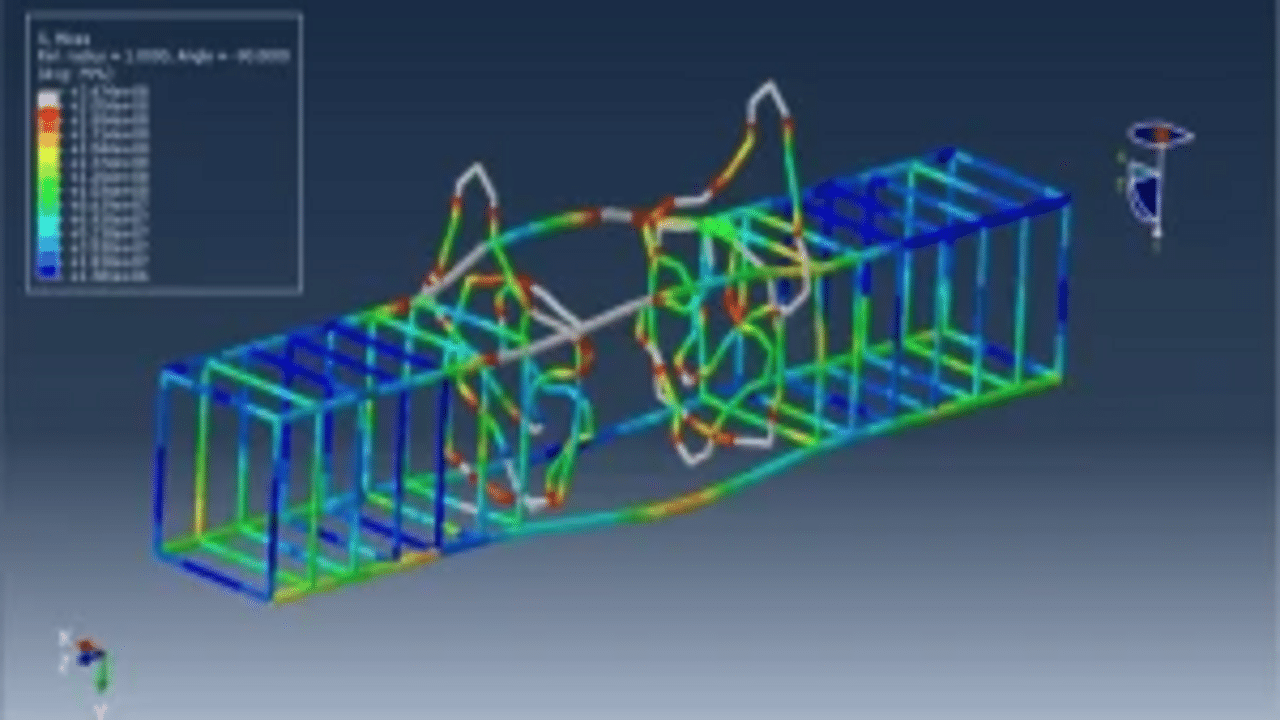
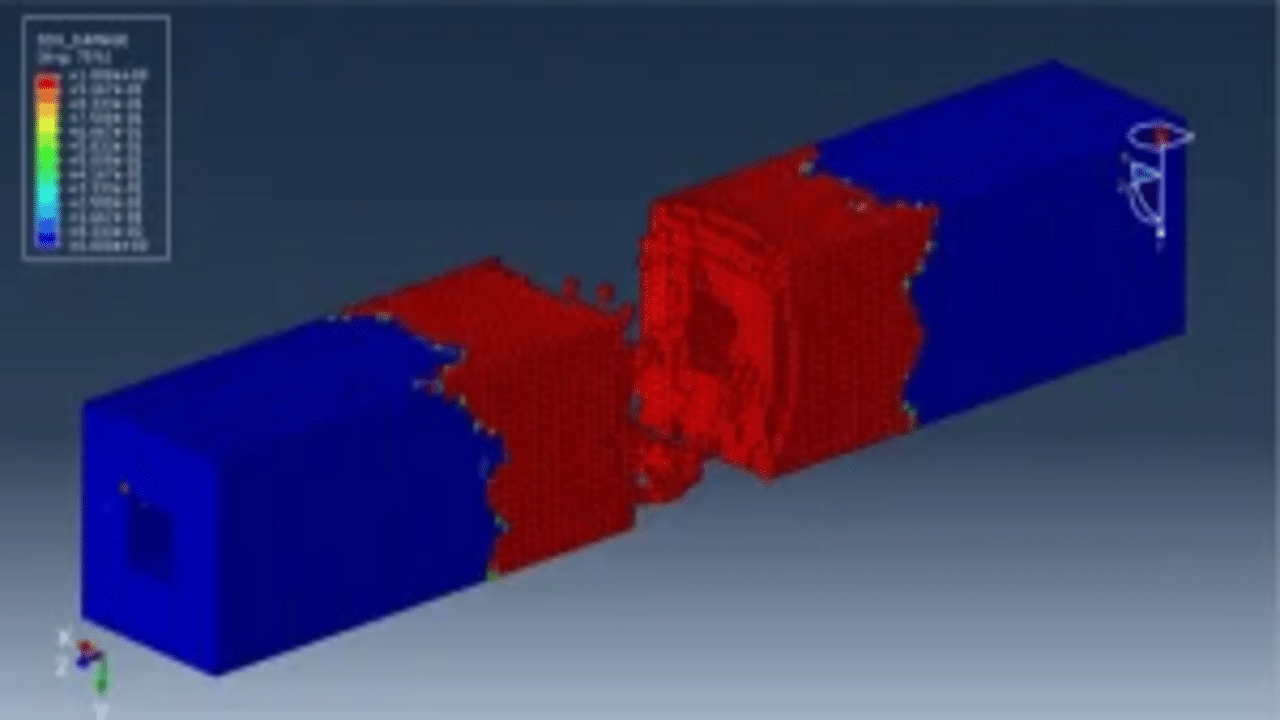
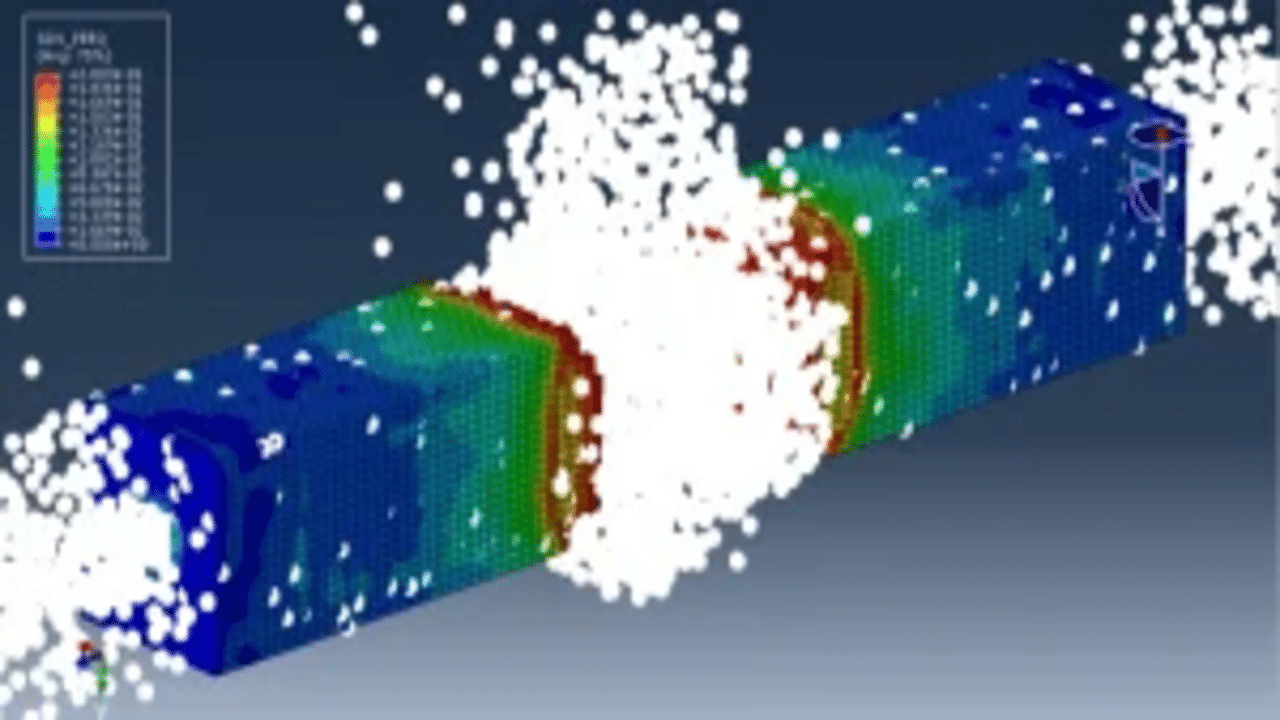
Product Overview:
This tutorial explores the simulation of an SPH-modeled explosion within a reinforced concrete (RC) column covered by an outer steel box, all conducted in Abaqus. In this setup, concrete and TNT are defined as 3D solid parts, while the steel box is represented as a 3D shell, and steel reinforcement bars and strips are modeled as 3D wires.
To accurately represent the steel’s response in the box, bars, and strips, an elastic-plastic material model is applied. The Johnson-Cook damage model, with progressive failure evolution, is chosen to simulate the effects of the explosion, as this model reliably predicts failure under extreme loading conditions. For TNT behavior, the Jones-Wilkins-Lee (JWL) equation of state is utilized to define the high-pressure effects of the explosion. The JWL equation represents the explosive’s chemical energy release pressure and incorporates a “programmed burn” approach, where detonation initiation is controlled by the material’s geometric proximity to the detonation points rather than by shock response.
For concrete’s behavior under intense pressures and dynamic loads, Abaqus provides suitable material models, accessed through subroutines or by modifying the input file. A dynamic explicit step is implemented, along with a general contact algorithm to simulate perfect contact between the steel box and concrete. Embedded region constraints are used for the steel bars and strips, with fixed boundary conditions applied at both ends of the column. A fine mesh is essential for accurate results.
Upon completion, simulation outputs including stress, strain, damage, and failure indicators are readily available.


Dynamic
€1,00 €0,00
See more

Want to receive push notifications for all major on-site activities?